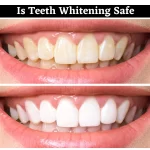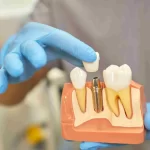Cavities are formed when bacteria Streptococcus mutans and Streptococcus sobrinus dwell on the gums and teeth, wearing away the protective enamel layer, making small holes on the surface. Food particles then get stuck in those holes and start decaying, leading to greater cavities and more tooth decay. What is more is the fact that these bacteria are transferable and like any viral disease, cavities are contagious.
Most people fear breathing in the same air as an influenza infected person and also avoiding physical contact but most are unaware and carefree about the dangers of cavities which are equally harmful and viral. Getting in contact with a partner’s mouth through kissing who has cavities or hasn’t visited the dentist in a long time, using the same utensils as a person with cavities or breathing in the space around them could make one vulnerable to the bacteria.
A study carried out in the dentistry department of the University of Queensland in Australia showed how cavities are common in 30% of the children aged three months and in 80% of tots aged 24 months. The common cause discovered was mothers with cavities testing and blowing on the food before feeding their child, and parents sucking on the baby pacifier for cleaning it. All these resulted in the parents transferring the cavity causing bacteria to their children.
The best way to avoid cavities to begin with is to maintain a proper oral hygiene involving brushing and flossing twice, daily. Taking a step further is to make sure your partner takes cares of their teeth as much as you do. Drinking plenty of water washes the bacteria, making their stagnant survival hard. Regular and frequent trips to the dentist for checkups, abstaining from sugary foods and choosing the right toothpaste and mouthwash should help make life easier for everyone.

















